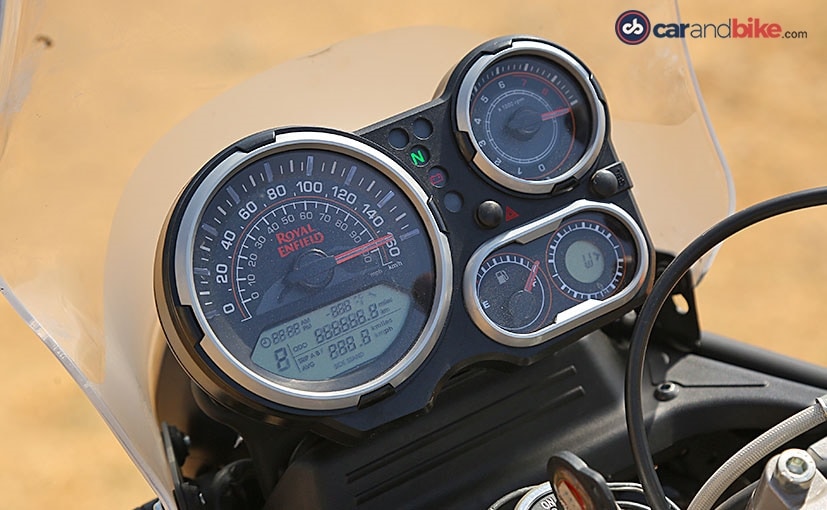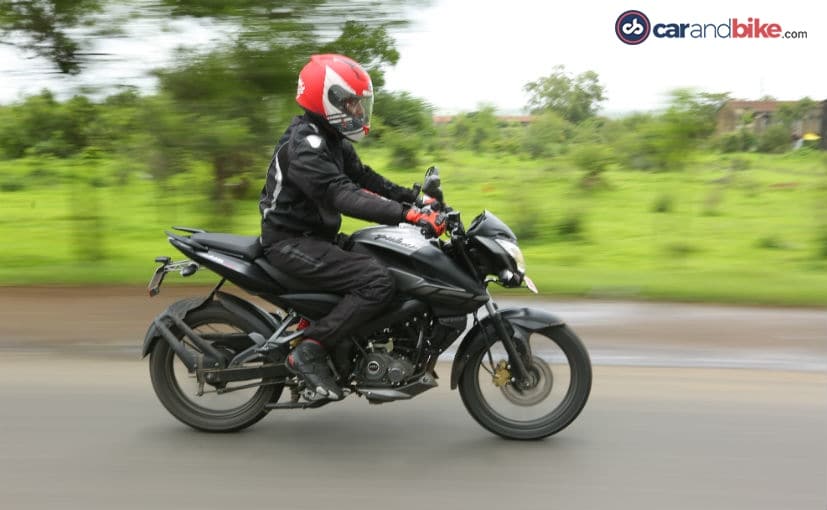How To Inspect A Used Two-Wheeler Before Buying
[ad_1]
Purchasing a two-wheeler, especially used, brings in several variables that need to be addressed. Why do you plan to buy one? How long do you plan to keep it? What’s the purpose of your purchase? Whether it’s a motorcycle, scooter or moped, there are some fundamentals that remain constant and you want the best for your money’s worth. While buying a new two-wheeler would mean fewer hassles in terms of the purchase process, a used two-wheeler purchase would mean taking the few detours for searching the right vehicle, inspecting it and then putting down all that hard-earned money. So, to make the process simpler for you, here’s a quick checklist on how to inspect a used two-wheeler before buying.
Also Read: Buying Used Cars; Here’s A List Of Companies Which Have A Used Car Business
Where To Search For A Used Two-Wheeler
There are many platforms to search for a used vehicle both online and offline. While your local pre-owned outlet will have a collection of two-wheelers to choose from, you can and must widen your horizon by using the different portals available online. This gives you a range of options to choose from and you can accordingly contact the seller and set-up a test ride. However, always remember never to indulge in monetary negotiations before seeing the vehicle. If the seller is pushing you to make a payment or even pay a token, simply walk away from the deal.
Check panels on all sides, look changes in colour, worn out plastics, broken switches, mirrors and more
How To Check A Used Two-Wheeler
Once you have found that attractive deal, which meets your basic requirements, it’s time to pay the two-wheeler a visit and to see if it makes it to the next step of your selection process. This will be a good time to inspect the vehicle and spend some time and see the condition in real life. Make sure to inspect the two-wheeler in daylight hours in order to be wary of any potential issues. If you are new at purchasing a used vehicle, you can ask a friend to accompany you, or better still, ask your trusted mechanic to join you and inspect the two-wheeler on your behalf.
Body Panels
As part of the inspection process, look for worn-out paint, dent, scratches and other things that tell you the age of the motorcycle or scooter. Look for uneven paint spots that may hint at a repainted panel, which could be the result of a crash. At the same time, you may want to check the condition of the fuel tank, especially for rusting in an old motorcycle. This could cause leakage issues going forward. Also, check for the tyre condition when inspecting the vehicle. Look for the tyre depth, compound condition, cracks and bruises on the sidewall. Tyre replacement can be an expensive affair but will help you negotiate with the seller for a good deal.

Make sure to check forums online for recurring issues on certain motorcycles
Electricals
You need to also check the electricals and the wiring of the two-wheeler. Check the headlights, taillights and indicators. Do all the switches work as they are intended for? Are all the wires and wiring joints firm and the insulation in place? With age, you will find the insulation loose in some places that may need to be replaced. Make sure you factor in the extent of damage to the wiring, in case it needs to be replaced.
Also Read: How To Check A Used Car Before Buying
Engine
It’s time to check the engine condition on the motorcycle or scooter. Examine the levels of engine oil, which will help determine if the previous owner kept the vehicle in good condition. Check how much time it takes for the scooter or motorcycle to start upon pressing the electric start button. If the vehicle is taking a long time, a battery replacement is likely. Preferably, opt for a cold start of the engine in front of you, instead of the dealer or seller warming up the vehicle for you. You should also check if the motorcycle or scooter is emitting white smoke that would hint towards issues with the engine. Also, make sure to look for oil leaks and carburettor overflow on the engine.

Opt for a cold start to get a clear idea of the actual condition of the engine
Up next, take the motorcycle off the stand and roll it back and front on neutral gear. Then, slot the vehicle in the first gear and do the same with the clutch depressed. The two-wheeler should not make any sounds while doing this. You can now sit on the vehicle and check the functioning of the suspension forks along with oil seals for any leakage. Most commuter bikes are tuned for comfort and will have decent travel that you can check by mimicking riding like a horse. Also, check the brake pedal and lever, and see how the movement feels. Are they too loose? Or too tight? Also, check the brake liner and make a note if it is in need of a replacement.
Take A Test Ride
Now that you’ve spent a good amount of time inspecting the vehicle, it’s time to take a test ride. Crank up the engine and listen for sounds like piston slap, loose or broken piston rings or bearings. The engine should have a smooth rumble that will remain unless there’s something wrong and will sound coerce. If there’s too much clatter from the engine, there could be issues like a ceased piston, worn-out piston rings, or issues with the valves.

Preferably carry your own helmet and riding when taking a test ride. Also, test the vehicle in a mix of crowded and open roads
Once you start taking a test ride, check the bike at different speeds to see how it responds. Turn on the lights as well to detect any electrical issues, especially if the instrument cluster is working and all the tell-tale lights are in order. Make sure you accelerate to different speeds and also check the brakes, handling and stability of the two-wheeler. Also, make sure to check if the gears slot in properly. If you can engage neutral and if the clutch has the right bite. A worn-out clutch will need an immediate replacement and that will be an additional cost for you.
Do remember, it would be normal for the brakes to wear out on an old vehicle, so make sure you are inspecting the vehicle in a relatively less crowded location. You could also check the fuel efficiency by fueling up the vehicle with just one litre to see how far it travels. Make sure you speak to the seller or dealer about this before you go to inspect the vehicle. Be clear about this beforehand, as it will help you filter good dealers from the shady ones.
Also Read: Insurance For Used Cars: Things You Should Know

Make sure the details mentioned on the RC smart card and that on the vehicle are the same
Inspecting The Paper-Work
Once you have taken a test ride and all mechanicals seem to be in order, it’s now time to inspect the paperwork. Every vehicle needs to have the Registration Certificate or the RC book/smart card. The engine and chassis number on the RC needs to match with that on the vehicle. It will also mention the actual colour of the two-wheeler. At the same time, the vehicle needs to have a valid tax certificate, insurance, and a valid PUC (Pollution Under Control) certificate.
Also Read: Most Common Places To Check For Rust When Buying A Used Car
0 Comments
Ask for a full-service history of the two-wheeler from the previous owner, and you can verify the same with the authorised service centre. If the vehicle was serviced at an independent garage after the warranty period, do ask for the service invoice. If the vehicle was purchased using a loan, make sure the loan is paid off and the bank has given a loan clearance certificate.
For the latest auto news and reviews, follow carandbike.com on Twitter, Facebook, and subscribe to our YouTube channel.
[ad_2]
Source link

